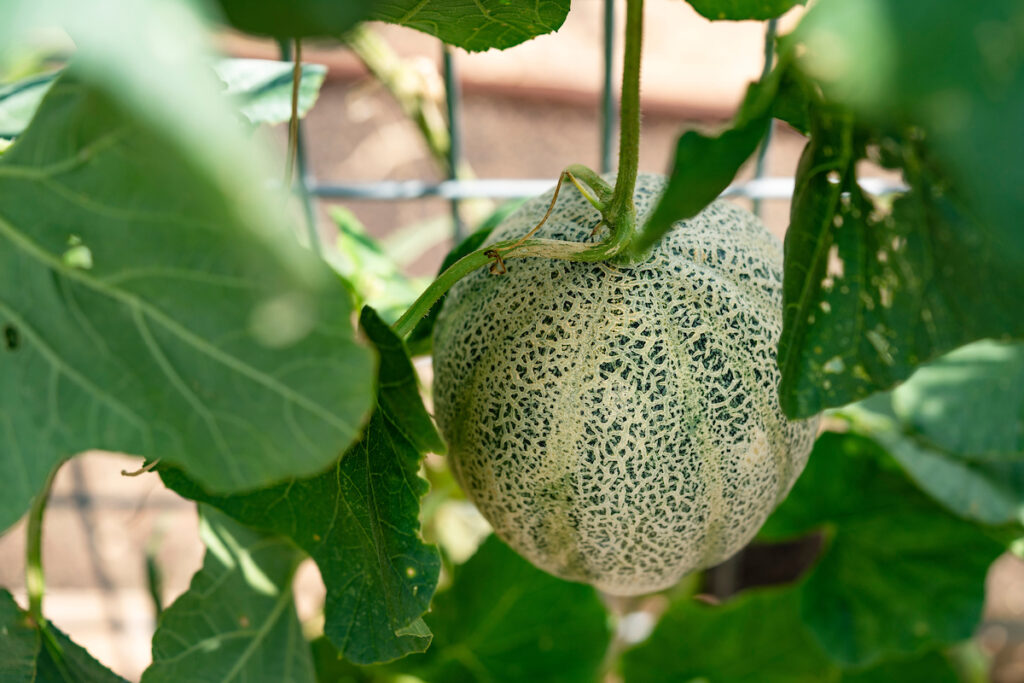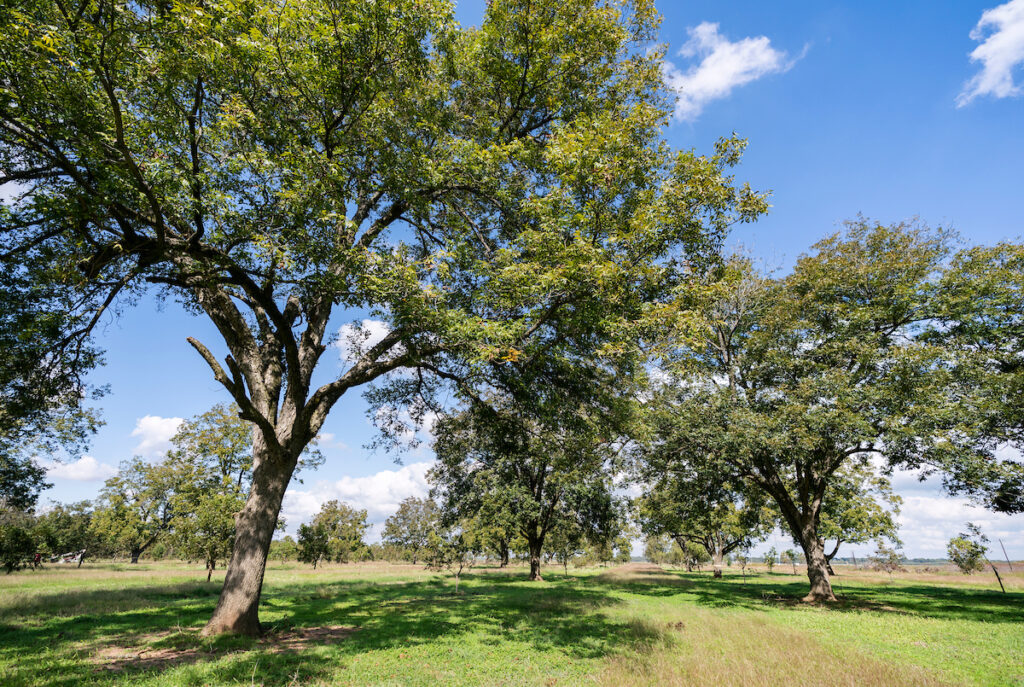Know when and how to water lawn, garden to beat the summer heat
Texas A&M AgriLife’s July gardening guide offers summer tips
After a brief rainy season, the state has been baking in a heat dome for much of the past month. The temperatures have been brutal for many Texas lawns and gardens, which are showing the stress of the summer heat and looking less-than-lovely in many parts of the state.

“The rain we did have helped vegetation and trees prosper, but they are now getting into a world of hurt,” said Larry Stein, Ph.D., Texas A&M AgriLife Extension Service horticulture specialist, Uvalde, and professor within the Department of Horticultural Sciences in the Texas A&M College of Agriculture and Life Sciences.
Stein said Texans need to keep some things in mind when watering during the hot summer months. Since plants can take intense heat and light if they have sufficient water, it is important to understand when to water, where to water and how much water to use.
A good rule of “green” thumb is an inch of water a week, he said. One thorough watering, which will deliver 1 inch of water at a time, is better than several shallower sessions for most plants. It is also important to keep in mind that it is the number of leaves on a plant that dictates how much water the plant uses.
Between the temperatures and dry conditions, Stein said this is not the best time to try to establish new plants. He suggests waiting for the temperatures to cool a bit.
However, if you do have things newly planted, they will need at least an inch of water a week.
“Never apply water daily or plants will not be deep rooted,” Stein said. “Water should be applied either once a week or perhaps every 3 or 4 days.”
It is key to evaluate the volume of water delivered from lawn sprinklers to ensure healthy, stress-free grass during the heat of the summer. The amount of water available through flower bed sprinklers should also be checked, which may be done by placing several shallow pans among shrubs or flowers and then measuring the amount of moisture collected.
Stein said people should be sure to raise their mower height to ensure deep-rooted grass.
And for grass that looks like it may be beyond help, Stein reassured lawn owners that many types of grasses are very forgiving and will come back, especially Bermuda. Dormant grasses may look dead but will come back as the weather conditions improve.
“Even if you can only water your lawn every 3-4 weeks, that is often enough to keep grass going,” he said.
Water trees separately
It is important to actively water your trees and not assume they are getting what they need when watering the rest of your yard.

“Watering your grass isn’t watering your trees,” Stein said. “Watering the trunk of a tree also isn’t really watering your tree.”
He said the edge of a tree’s canopy, or drip line, and outward should dictate where you water the ground to reach the most effective roots. Concentrating the water at the drip line of trees is precisely where it is needed.
Although many plants can manage with less water, Stein said some plants need extra care now.
“Don’t allow plants with green fruit or berries to suffer from lack of moisture,” he said. “Summer watering and care for fall fruit and nuts is especially critical to ensure quality fruit in the fall. A thick layer of mulch will be beneficial to not only maintaining moisture, but also reducing weed competition for water.”
He also stressed the importance of staying up on the harvest of cantaloupes, tomatoes, peppers, okra, etc., to ensure the quality of the produce and to encourage subsequent production.
“The intense heat is taking a toll on fruit set though, so it may be time to pull the plants and wait for more favorable conditions in the fall,” Stein said. In other words, know when to hold them and when to pull them.
July Garden Tips

Stein shared the following tips for gardeners to consider this month:
Only prune what is dead or diseased
Prune out dead or diseased wood from trees and shrubs. Hold off on major pruning from now until midwinter. Severe pruning at this time will only stimulate tender new growth prior to frost.
Stop pests before they kill plants
Be on the lookout for spider mites, aphids and white flies; these are best discouraged as opposed to treating once you have them. Populations can become so great that the plants must be eliminated so that you can prepare for a fall planting. Again, the heat has assisted with the explosion of these populations.
Give caladiums extra care
Caladiums require plenty of water at this time of year if they are to remain lush and active until fall. Fertilize with 21-0-0 or a slow-release nitrogen fertilizer at the rate of one-third to one-half pound per 100 square feet of bed area, and water thoroughly.
Prepare rosebushes for fall flowers
A late-summer pruning of rosebushes can be beneficial. Prune out dead canes and any weak, brushy growth. Cut back tall, vigorous bushes to about 30 inches. After pruning, apply fertilizer and water thoroughly. If a preventive disease-control program has been maintained, your rose bushes should be ready to provide an excellent crop of flowers this fall.
Pick flowers, seed heads to get more blooms
Picking flowers/seed heads frequently encourages most annuals and perennials, crape myrtles, pride of Barbados, etc., to flower even more abundantly.
Do another planting of warm-season annuals

It isn’t too late to set out another planting of many warm-season annuals, such as marigolds, zinnias and periwinkles. They will require extra attention for the first few weeks, but should provide you with color during late September, October and November.
Sow cool-season seeds
Sow seeds of snapdragons, dianthus, pansies, calendulas and other cool-season flowers in flats, or in well-prepared areas of the garden, for planting outside during mid-to-late fall.
Divide spring-flowering perennials
It is time to divide spring-flowering perennials, such as iris, Shasta daisy, oxeye, gaillardia, cannas, day lilies, violets, liriope and ajuga.
Order spring bulbs now
Make your selections and place orders for spring-flowering bulbs now so that they will arrive in time for planting in October and November.
Prepare for fall compost
Establish a new compost pile to accommodate the upcoming fall leaf accumulation.


